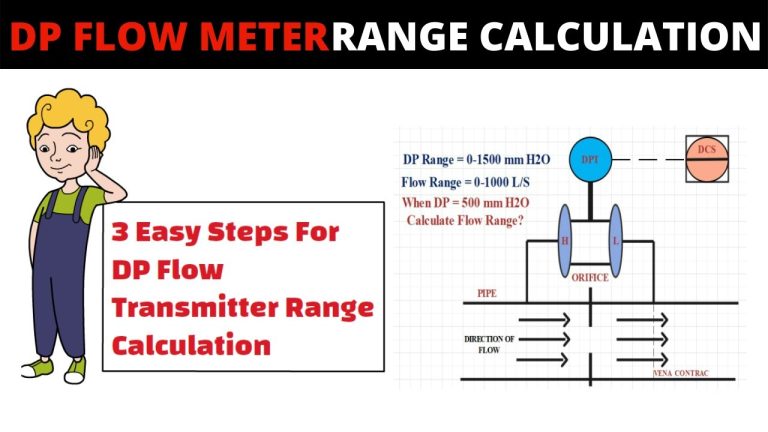Todo lo que necesitas saber sobre el uso eficiente del Superelement en ANSYS Workbench
Superelement Analysis in ANSYS Workbench
What is Superelement Analysis?
Superelement analysis is a powerful technique used in ANSYS Workbench. It allows engineers to simplify complex structures by breaking them down into smaller, manageable components called superelements. These superelements can then be solved individually and combined to obtain the overall response of the structure. By reducing the size and complexity of the model, superelement analysis enables faster and more efficient simulations.
The Benefits of Superelement Analysis
Superelement analysis offers several benefits for engineers in ANSYS Workbench. Firstly, it significantly reduces computational time and resources required for analysis. By dividing the model into superelements, the software only needs to solve the small components instead of the entire structure, optimizing the simulation process.
Another advantage is the ability to reuse superelements. Once created, superelements can be stored in a library and easily applied to different models, saving time and effort for future analyses. This feature enhances productivity and allows for easy comparison between different designs or variations of the same structure.
Superelement Analysis Workflow in ANSYS Workbench
To perform superelement analysis in ANSYS Workbench, several steps are involved. First, the structure is divided into smaller components using either automatic or manual methods. The superelements are then created and defined separately, accounting for their respective boundary conditions and loads.
Once the superelements are defined, they can be solved individually within the Workbench environment. The solutions from each superelement are then combined to obtain the overall response of the structure. Finally, post-processing tools are used to analyze and visualize the results of the superelement analysis.
In summary, superelement analysis in ANSYS Workbench offers engineers a powerful tool to simplify and optimize the analysis of complex structures. By dividing the model into smaller components, computationally efficient simulations can be performed, saving time and resources. The ability to reuse superelements enhances productivity and allows for easy comparison between different designs.
Boosting Efficiency with Superelement in ANSYS Workbench
Superelement analysis is a powerful tool in ANSYS Workbench that can significantly boost the efficiency of structural simulations. By dividing a complex model into smaller, more manageable components, analysts can achieve faster solution times without sacrificing accuracy.
One of the main advantages of using superelements is the ability to reuse the same component in multiple simulations. Instead of re-analyzing the entire model each time, analysts can simply update the superelement and incorporate it into different scenarios. This not only saves time but also reduces the risk of errors that may occur during the setup process.
In addition to time savings, superelement analysis also allows for better collaboration between team members. By breaking down the model into smaller components, different team members can work on different parts simultaneously, speeding up the overall analysis process. This parallelization of work improves productivity and facilitates a more efficient workflow.
Overall, utilizing superelements in ANSYS Workbench is a smart strategy for boosting efficiency in structural simulations. By dividing complex models into smaller, reusable components, analysts can achieve faster solution times, save time on model setup, and improve collaboration among team members.
Exploring the Power of Superelement Analysis in ANSYS Workbench
Superelement analysis is a powerful tool in ANSYS Workbench that allows engineers and designers to efficiently analyze complex structures. This advanced technique breaks down large, intricate models into smaller, easily manageable components called superelements. By using superelements, engineers can focus their analysis on specific regions of interest, saving computational time and resources.
One of the key benefits of superelement analysis is its ability to significantly reduce the computational effort required for analyzing large models. By breaking down a complex structure into superelements, engineers can eliminate the need to solve the entire model at once. Instead, they can solve individual superelements independently, taking into account their interactions with the rest of the system. This allows for faster analysis and enables engineers to explore different design options more efficiently.
Superelement analysis also offers enhanced flexibility in exploring different scenarios and variations within a structure. Since superelements can be easily modified and substituted, engineers can quickly evaluate the effects of design changes, material properties, and boundary conditions on specific regions of interest. This flexibility enables iterative design optimization and improves the overall understanding of structural behavior, leading to more robust and efficient designs.
In conclusion, the power of superelement analysis in ANSYS Workbench cannot be overstated. This advanced technique not only saves computational time and resources but also enhances engineers’ ability to explore and optimize complex structures. By breaking down large models into manageable components and allowing for easy modification and substitution, superelement analysis provides engineers with a powerful tool for efficient and effective structural analysis.
Advanced Engineering Simulations with Superelement in ANSYS Workbench
Advanced engineering simulations are an integral part of the design and development process in various industries. ANSYS Workbench is a powerful software tool that allows engineers to perform complex simulations to validate and optimize their designs. One of the key features of ANSYS Workbench is the ability to use superelements, which offer significant advantages in terms of computational efficiency and solution accuracy.
Superelements in ANSYS Workbench allow engineers to model large and complex systems by dividing them into smaller substructures. These substructures, known as components, can be individually analyzed and then combined to create an accurate representation of the entire system. This modular approach not only reduces computational time and resources but also enables engineers to focus their analyses on specific areas of interest.
The use of superelements in ANSYS Workbench is particularly beneficial when dealing with complex structures that have repetitive or symmetric features. By creating a superelement model of these structures, engineers can significantly reduce the computational time required for simulations. Furthermore, superelements allow for efficient model updating and management, as changes made to individual components can be easily incorporated into the overall system model.
In conclusion, the advanced engineering simulations offered by ANSYS Workbench, combined with the efficient use of superelements, provide engineers with a powerful toolset for design validation and optimization. By leveraging superelements, engineers can tackle complex structural problems with enhanced computational efficiency and solution accuracy. This capability is crucial in ensuring the development of safe and reliable products in industries ranging from aerospace to automotive engineering.
Unlocking New Possibilities with Superelement Analysis in ANSYS Workbench
Superelement analysis in ANSYS Workbench is a powerful tool that allows engineers and designers to unlock new possibilities in their projects. With this advanced feature, users are able to efficiently analyze complex structures and systems, leading to improved product performance and reduced development time.
One of the key benefits of superelement analysis is its ability to drastically reduce computational time and resources. By dividing a complex model into smaller submodels, ANSYS Workbench can perform analyses on each individual submodel, saving time and computational power. This enables faster design iterations and allows engineers to explore a wider range of design options.
Superelement analysis also enhances the accuracy of simulation results. By accounting for the interactions between submodels and the external environment, engineers can obtain more realistic and reliable data. This enables them to make informed design decisions and ensure that the final product meets all performance requirements.
Furthermore, superelement analysis provides a better understanding of the behavior and response of complex systems. By visualizing the interactions between submodels, engineers can gain insights into the overall performance of the system and identify any areas of concern. This knowledge empowers them to make informed design modifications and optimize the product’s performance.
In summary, the integration of superelement analysis in ANSYS Workbench opens up new possibilities for engineers and designers. With its ability to reduce computational time, enhance accuracy, and improve overall system understanding, this advanced feature is a valuable tool in the development of cutting-edge products.
Contenido
- Superelement Analysis in ANSYS Workbench
- Boosting Efficiency with Superelement in ANSYS Workbench
- Exploring the Power of Superelement Analysis in ANSYS Workbench
- Advanced Engineering Simulations with Superelement in ANSYS Workbench
- Unlocking New Possibilities with Superelement Analysis in ANSYS Workbench







